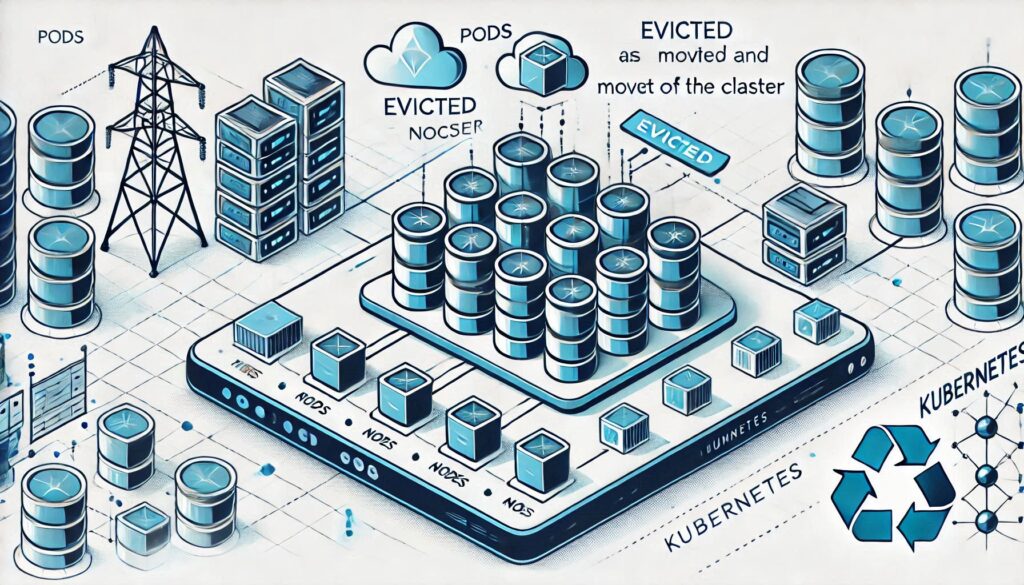
Evicting Kubernetes Pods with API Eviction
API-initiated eviction lets you gracefully terminate Pods via the Eviction API. It respects PodDisruptionBudgets and terminationGracePeriodSeconds. Use CLI or client-go to trigger eviction subresource calls. Dry-run lets you test policies. Build event-driven controllers for automated remediation.
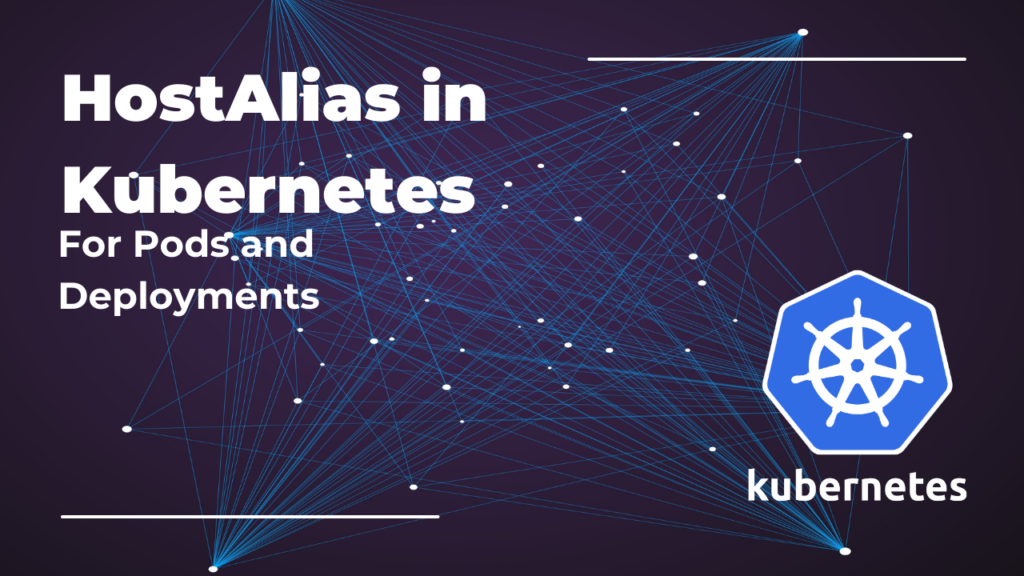
How to Add HostAliases to Pods and Deployments in Kubernetes
Here's everything you need to know about how HostAliases work, what happens under the hood, and how to set it up.

What Is a Headless Service, and Why Do We Use It?
Learn what a headless service is in Kubernetes, how it works, and why it's perfect for stateful workloads and custom pod communication.

Kubernetes –delete-emptydir-data: Understanding This Feature
Understand how Kubernetes' --delete-emptydir-data flag helps manage and clean up emptyDir volumes during pod deletion.

Kubernetes Pod Evicted: Causes and Resolutions
Learn why Kubernetes pod eviction happens and how to prevent it, as well as understand best practices for managing resources in the cluster.

How to Access a Service in Another Namespace in Kubernetes
Learn how to access a Kubernetes Service located in another namespace using fully qualified domain names and best practices.
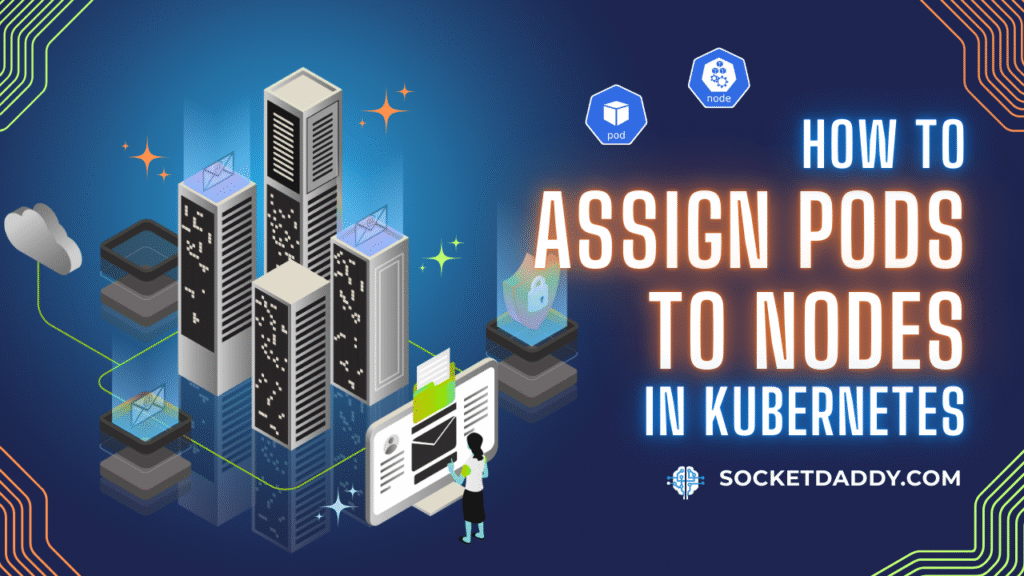
Assigning Pods to Nodes in Kubernetes
Learn how to schedule Kubernetes pods to specific nodes using nodeName, nodeSelector, node affinity, taints, tolerations, with storage integration, CSI, quotas, and security contexts.
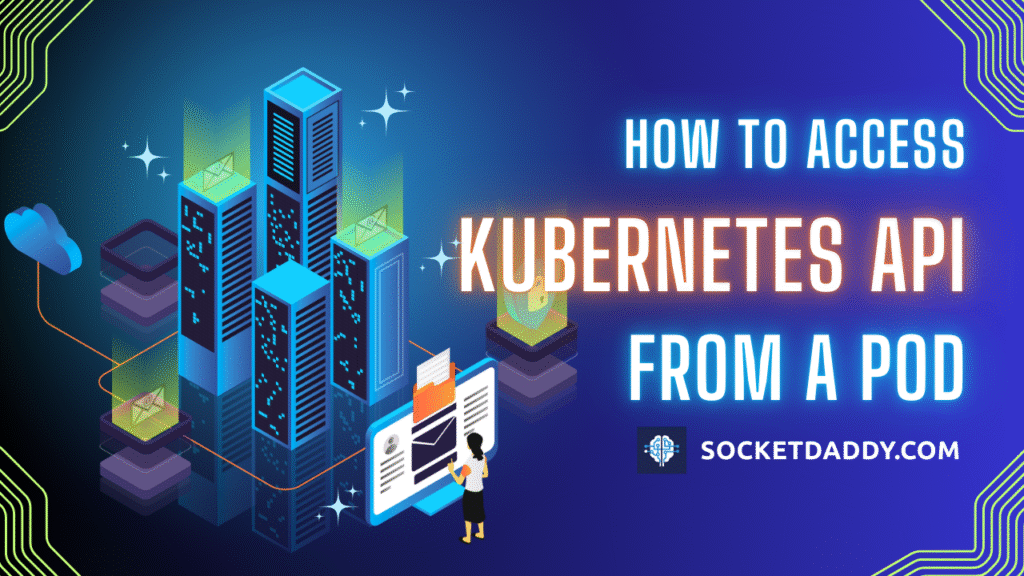
Access Kubernetes API from a Pod
Learn how to configure a pod with service account tokens, RBAC, and environment variables to call the Kubernetes API server securely.
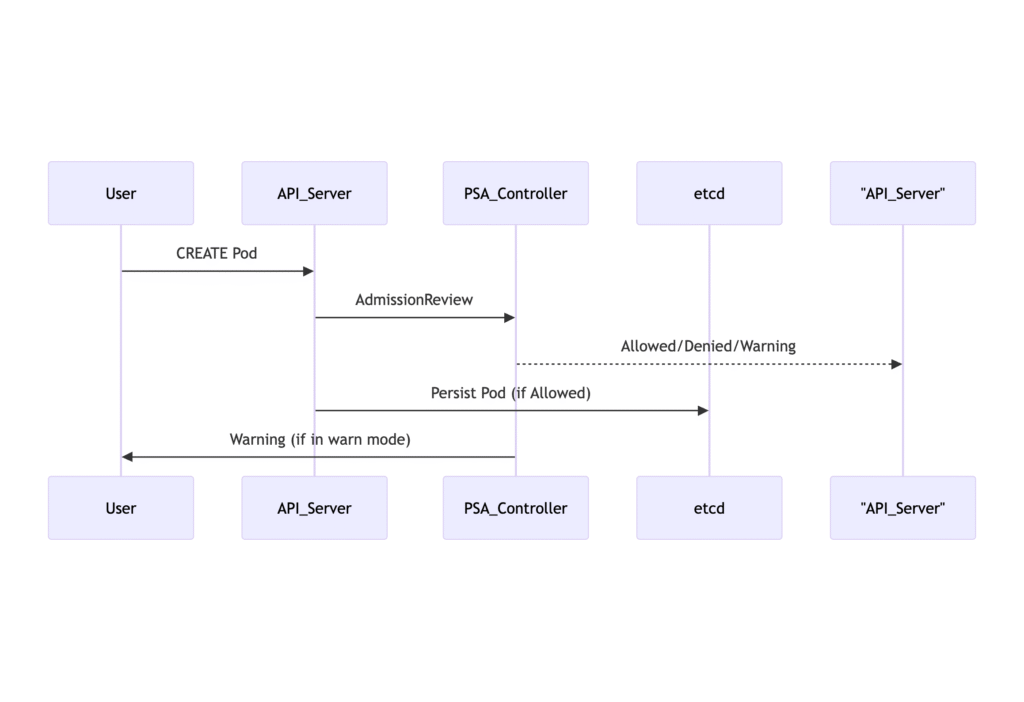
Pod Security Standards in Kubernetes
Learn best practices to enforce Pod Security Standards using Kubernetes Pod Security Admission Controller. Configure policies, label namespaces, audit and enforce coping with sensitive workloads.
